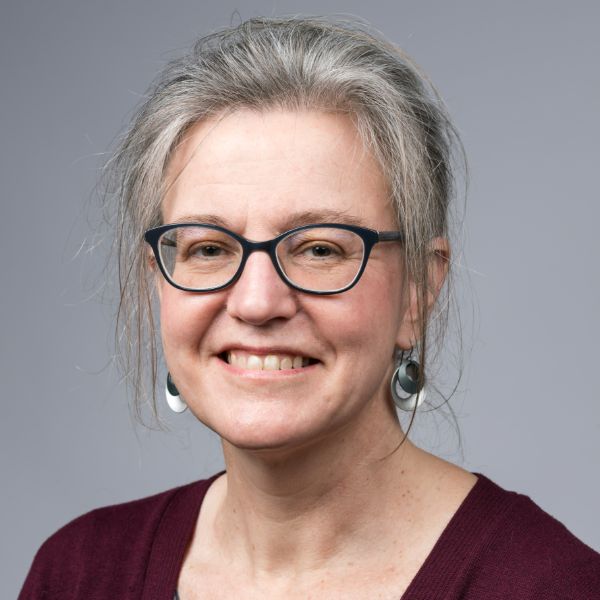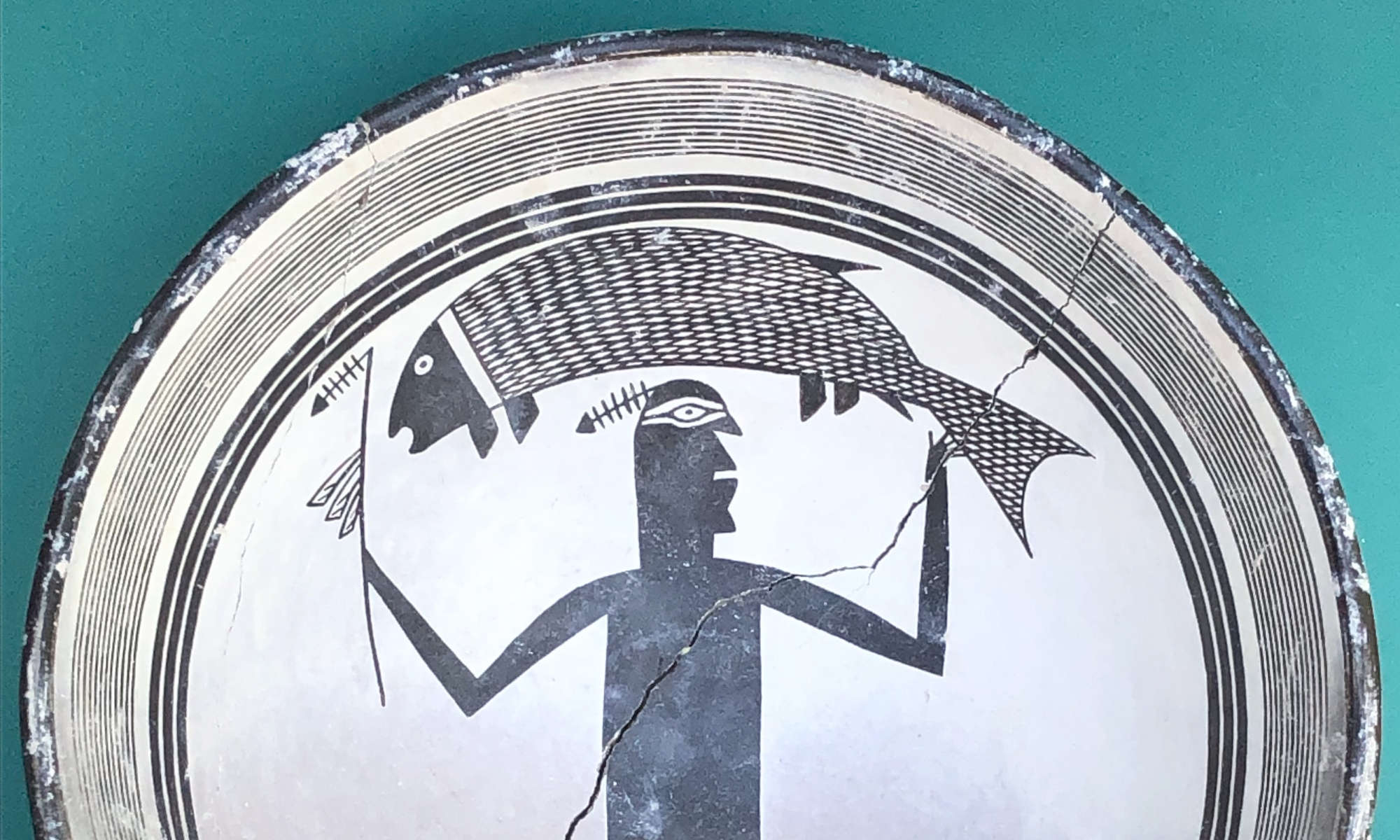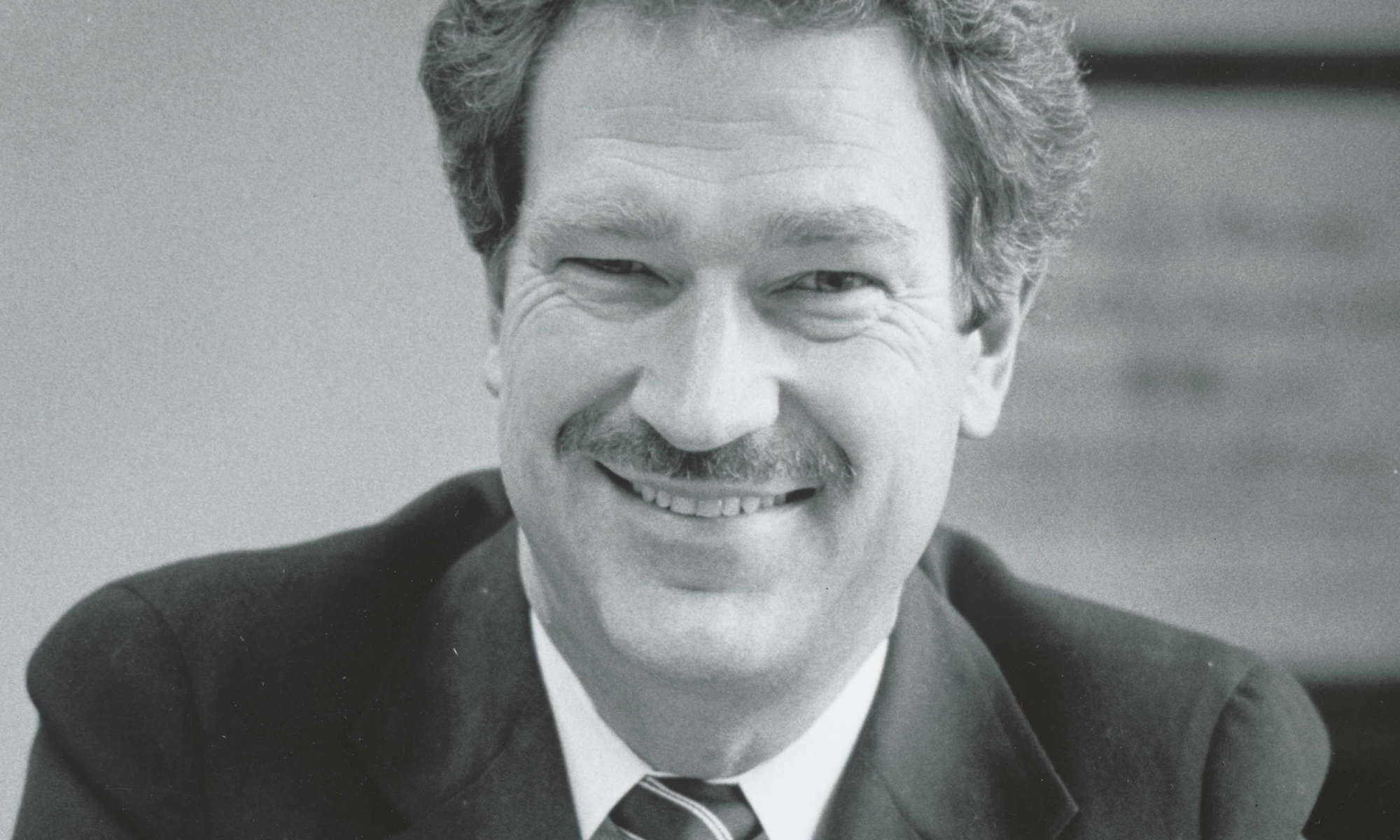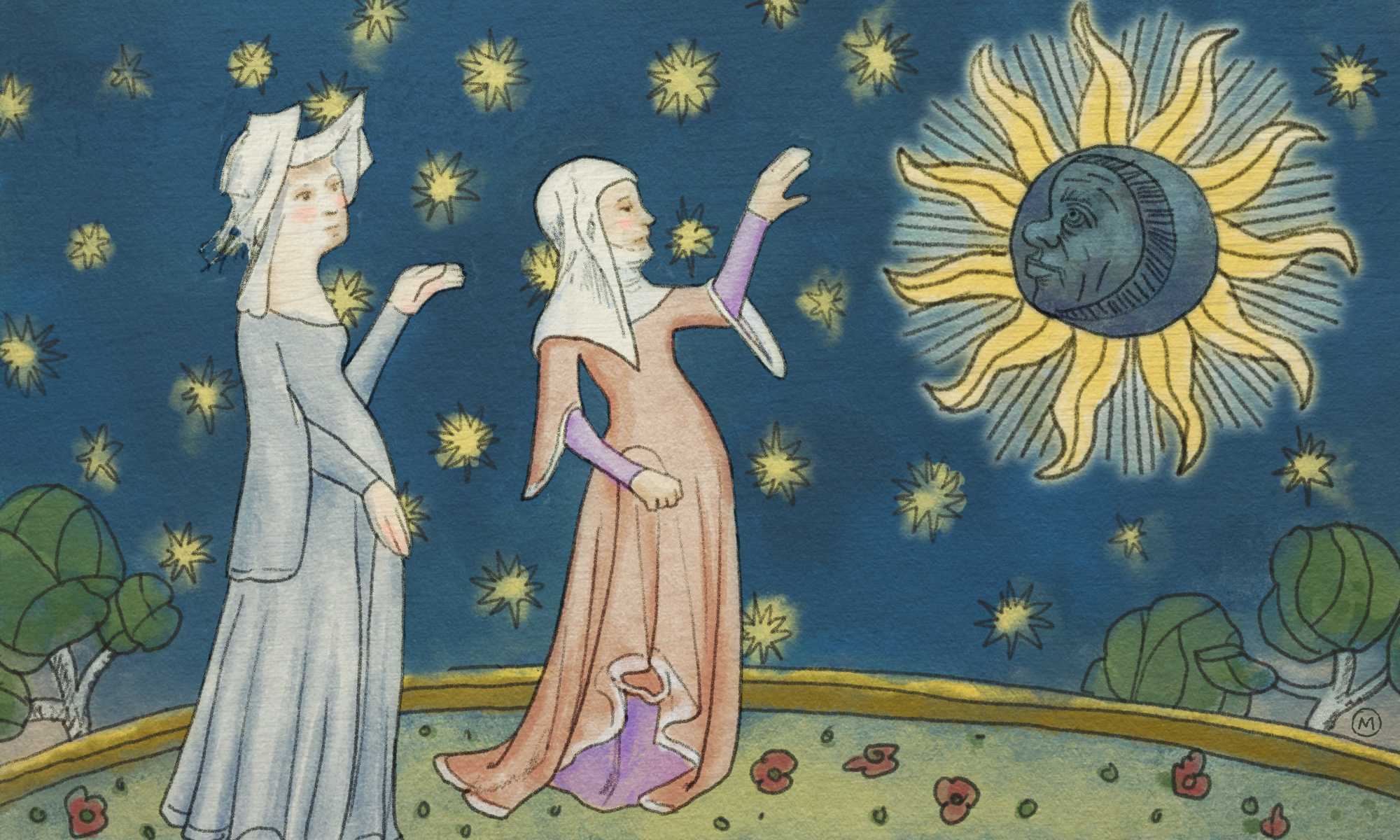The professor emeritus had a profound impact on students and colleagues during her long tenure at Rochester.
Mary Young, a professor emeritus of history who taught at the University of Rochester from 1973 to 2000, is being remembered by former colleagues and students as a trailblazer in the study of indigenous Americans and as a teacher and friend who challenged those around her with her razor-sharp insight and wit. Young died earlier this month in Rochester, New York, at the age of 91.
Completing her doctorate at Cornell University in 1955, Young began her career before the movements of the late 1960s and 1970s that led to a full flowering of scholarship in what was then called ethnic studies, and in Black, women’s, and Native American history. In the late 1950s, she was one of few academic historians devoted to the serious study of American Indians who also recognized their role in shaping, as well as being shaped by, the events around them.
Louis Roper ’92 (PhD), a professor of history at SUNY New Paltz who holds the title SUNY Distinguished Professor, says Young’s innovation “wasn’t just the fact of doing Native American history, but in looking at American history from a Native perspective.” At the time, he says, “no one did that.”
Paul Rosier ’98 (PhD) says that Young’s work offered “a model for my scholarship.”
“She integrated the history of American Indians into American history, rather than looking at them in isolation,” says Rosier, the Mary M. Birle Chair in American History at Villanova University. “And she didn’t present them as all victims, although they were victimized.”
These aspects of Young’s scholarship came to play in her 1961 book, Redskins, Ruffleshirts, and Rednecks: Indian Allotments in Mississippi and Alabama, 1830–1860 (University of Oklahoma Press). It’s a title that, in a 21st-century context, could easily lead to misunderstandings about the book’s contents. Her analysis of the complicated dynamics of multiple groups—indigenous peoples, white settlers, and land speculators—in the scramble for Indian lands following the Indian Removal Act of 1830, broke new ground on racial and class dynamics in the pre–Civil War South. That’s according to Theda Perdue, a professor emeritus of history at the University of North Carolina at Chapel Hill and an expert on indigenous people of the southeast United States.
“I think Mary had a real impact in shifting the history of southern Indians in particular away from war and the Trail of Tears toward a deeper understanding of race and of the dynamics that led to removal,” Perdue says. The Chickasaw, Choctaw, and Creek Indians at the center of Young’s narrative acted in distinct ways yet were united as targets of federal land policy. The role of land speculators in the years following removal—an economic dimension Young explored in detail—was “something that most historians had completely overlooked,” Perdue adds.
The University of Oklahoma Press reprinted the book 40 years after its initial publication, a testament to its enduring relevance.
Three decades of high standards and tough questions
Young was one of few women in the academy during her entire career as a junior faculty member. Hired as an instructor at Ohio State University in 1955, she was promoted to assistant professor in 1958 and achieved the rank of full professor in 1969. When she joined Rochester’s history department as a full professor in 1973, she was the first female scholar in the department ever to hold that rank.
Her path was not an easy one, as her colleague Robert Westbrook, professor emeritus of history, recalled in a tribute to Young he wrote upon Young’s retirement. Career insults came early, as when her PhD advisor at Cornell, the distinguished historian of American land policy Paul Gates, sought to promote Young on the academic job market.
“When Gates recommended her to a leading state university seeking to hire his best student, he was asked ‘Don’t you have a man?’” Westbrook wrote.
Young had a profound impact on her students and colleagues during the three decades she was an active member of the faculty, and in the several years following her retirement, during which she continued to make use of her office and take part in department events.
Joan Shelley Rubin, the Dexter Perkins Professor in History and Ani and Mark Gabrellian Director of the Humanities Center, says Young balanced “very high standards of intellectual rigor” and “no tolerance for B.S.” with unusual professional generosity and a disregard for academic hierarchies. She was also, Rubin notes, “an incredible character.”
Rubin is one of several colleagues and students who delighted in some of Young’s more noteworthy idiosyncrasies. Young attended virtually every departmental lecture, during which she inevitably sat in the first row and listened intently—albeit with her eyes closed, a habit that misled many an invited speaker.
“Everyone deferred to Mary to ask the first question,” Rubin recalls. “She appeared to have been asleep, but then her question was brilliant.”
It was almost always “the tough question that went right to the heart of the matter,” says Casey Blake ’87 (PhD), commenting as well on this “very distinctive Mary trait.” (Young could listen just as keenly to students and colleagues while filling pages of a legal pad with cartoons and caricatures.)
The Department of History named an annual lecture series in Young’s honor in 2002.
Blake, a professor of history and the Mendelson Family Professor of American Studies at Columbia University, notes that Young made a lasting impression on graduate students regardless of their area of focus. “Even those of us who were not specialists in Native American history or in social history took her courses and benefited from her honest—at times brutally honest—appraisal,” he says.
A formative connection to historic western New York
Blake adds that Young brought another dimension to his graduate study, one he realized more in hindsight.
“It was in her seminar on Jacksonian America, arguably the best seminar I took as a graduate student, that I first learned about western New York as the Burned-over District.” The name was attached to western and central New York, and parts of eastern Ohio, in the first half of the 19th century, due to the intertwined radical movements, including abolition and religious revivalism, that prospered there.
Young led graduate students on hikes around the Erie Canal west of Rochester, which for some students, including Blake, was their introduction to the wider region.
“One of the things that I came to learn about Mary over time was just how connected she was to the landscape and history of western New York and eastern Ohio,” he says. “I think Mary had an attachment to the legacy of that moment and in some respects, I think of her as politically and intellectually formed by it.”
Young spent her entire life in the two states, and most of it in “burned-over” region. Born in Utica, New York, in 1929, she attended Oberlin College, a seat of radicalism in the 19th century and the first white higher education institution in the country to accept African American students. She graduated Phi Beta Kappa with a bachelor’s degree in history, magna cum laude, in 1950.
Following on the heels of her book, Young published several articles over her career, almost always in the major journals of American history. In the early 1980s, she won two major awards—the Ray Allen Billington Award from the Western Historical Association and the American Studies Association prize for best article in the American Quarterly—for her article “The Cherokee Nation: Mirror of the Republic,” published in that journal in 1981.
First impression, lasting admiration
Throughout her career, she was known for her dedication to promising graduate students and young scholars, including many women. Perdue recalls Young as “incredibly kind and generous, in a sort of matter-of-fact and almost gruff way,” and vividly remembers those qualities on display when she met Young for the first time, many years ago, at a conference.
Perdue had just finished her first book and submitted it to a press when she learned another book, on the same subject, had just been published. Facing “a scholar’s worst nightmare,” she says, she rushed to the exhibit booth of the press that had just published the new work. She was relieved to find a copy on display.
“But there was this woman sitting there reading it,” Perdue remembers. “She wasn’t just looking at the table of contents, but actually reading it. And so I stood on one foot, and I stood on the other foot, and I walked around the book exhibit area, and I came back, and she was still reading it. And ultimately, she looked up, and she saw my nametag, and she said, ‘Oh, you’re Theda Perdue.’ And I said, ‘Yes.’ And she smiled and said, ‘I’ll bet you’re worried about this.’ And I said, ‘Yes, I am.’ And she said, ‘I’ve read about half of it, and you don’t have anything to worry about. Not only that, but I have some notes from an archive that you’ve not had the chance to look at, and when I get home, I’ll mail them to you, if you want them.”
“That’s the Mary I knew,” Perdue says. “I admired her work enormously, but I admired her as a person as well.”
Karen McCally ’02 (PhD) is a senior editor in University Communications and was a student in Young’s Jacksonian America seminar in fall 1994.




